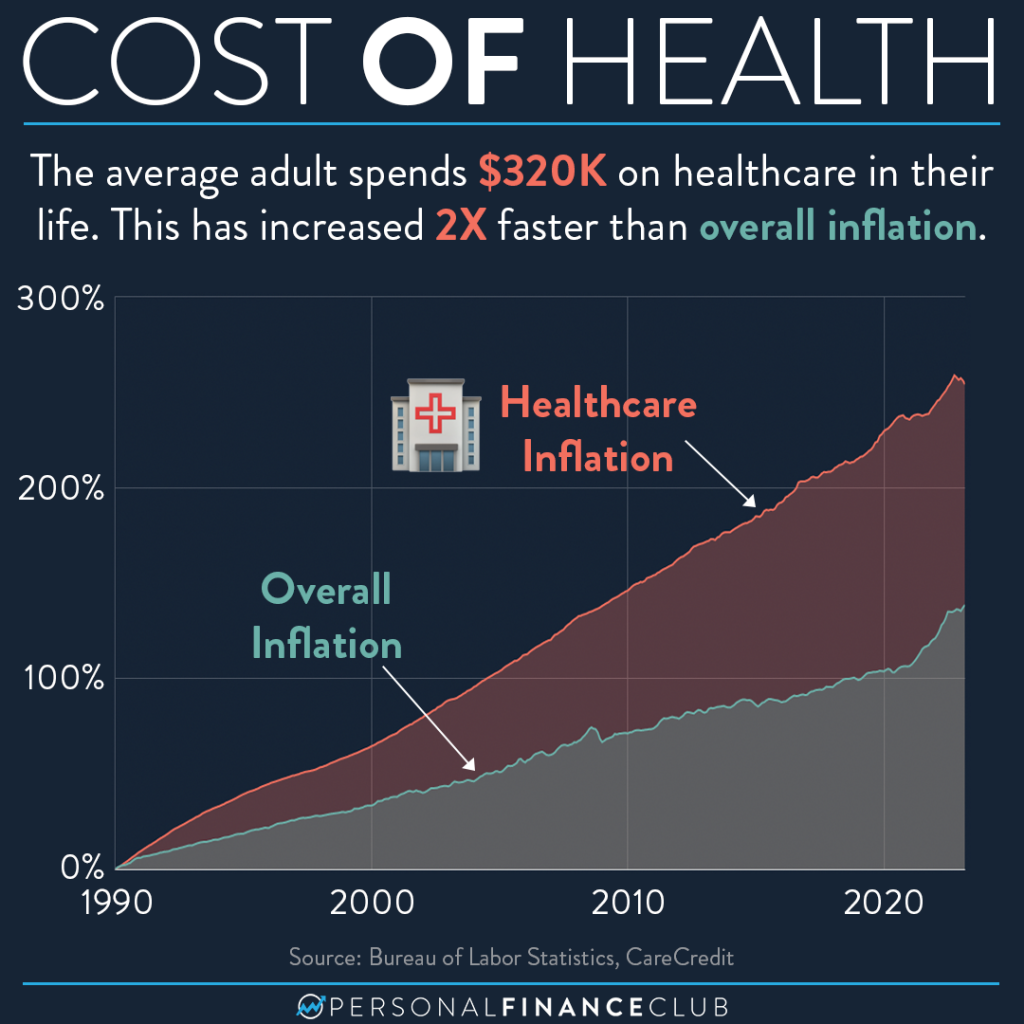Comprehensive Healthcare RCM for Improving Individual Payment and Settlements
Comprehensive Healthcare RCM for Improving Individual Payment and Settlements
Blog Article
A Comprehensive Guide on Just How Health Care RCM Works to Streamline Payment and Collections
Browsing the complexities of medical care earnings cycle administration (RCM) is vital for service providers aiming to boost their billing and collections processes. The guide unboxes the details of RCM, from client registration to balance dues monitoring, providing understandings right into optimizing each action. Integrating innovative innovation and standardized treatments can substantially reduce case denials and speed up payment cycles. Yet, truth difficulty depends on effortlessly merging these components to improve capital. As we check out the core components and techniques that drive effectiveness, one inquiry stays: how can medical care entities finest position themselves to prosper economically in an ever-evolving market?
Recognizing Income Cycle Administration
Grasping the complexities of Profits Cycle Monitoring (RCM) is important for health care organizations aiming to enhance their economic efficiency. RCM is an important administrative function that includes the entire monetary procedure of person care, from the preliminary consultation establishing to the last settlement of the balance. It is a complex procedure created to determine, gather, and handle the income from the services given to people. Reliable RCM makes certain that medical care companies get timely and accurate settlements, minimizing the risk of revenue loss and enhancing cash flow.
The RCM process starts when a person timetables a visit and expands through the individual's care journey, consisting of invoicing and collections. A crucial objective is to minimize the time between obtaining and supplying a solution payment, hence improving the company's financial wellness. RCM involves different features such as client enrollment, insurance coverage confirmation, cost capture, coding, declares submission, payment posting, and handling allures and denials.
Secret Elements of RCM
In the realm of Profits Cycle Management (RCM), comprehending its key elements is essential to attaining economic efficiency within health care companies. RCM is an extensive procedure that encompasses different stages, each important to ensuring efficient invoicing and collections. The key parts consist of patient registration, insurance coverage confirmation, cost capture, coding, case entry, payment posting, and accounts receivable administration.


As soon as coded, insurance claims are sent to payers, where accuracy is critical to stay clear of rejections or delays - Healthcare RCM. Repayment publishing includes tape-recording the gotten settlements, which permits the settlement of accounts. Finally, receivables monitoring concentrates on monitoring and resolving overdue cases, making sure prompt follow-up and resolution
Each element of RCM is interconnected, and inefficiencies in any part can interfere with the whole cycle. For that reason, mastering these components is vital for health care suppliers to enhance profits and improve their financial health.
Strategies for Reliable Payment

Systematizing invoicing treatments across the company is an additional vital method. Establishing clear guidelines for documents, coding, and entry aids keep consistency and compliance with regulative demands. Training staff consistently on these treatments guarantees everyone is current with the current modifications in billing codes and payer plans.
Accurate fee capture is vital in avoiding revenue leak. Carrying out regular audits and surveillance systems enables the identification and improvement of inconsistencies before they impact revenue. In addition, maintaining open lines of interaction with payers helps to swiftly solve any type of disputes or misconceptions that might develop.

Lastly, appealing individuals early in the payment process by supplying clear price quotes and academic products concerning their monetary duties can dramatically minimize confusion and boost repayment timeliness. These methods collectively add browse this site to a much more efficient and monetarily healthy and balanced billing system.
Enhancing Collections Processes
A durable collections process is crucial for maintaining monetary security within healthcare companies. Given the complexities of clinical billing and the selection of payer requirements, improving the collections process includes executing strategic procedures that ensure precise and timely repayment of services made. Central to this is the use of modern technology to Going Here automate and improve procedures, boosting and reducing hands-on mistakes performance. Automation tools can aid in tracking claim conditions, sending out timely tips to people, and managing rejections more properly.
Transparent and clear individual communications are crucial. Giving comprehensive descriptions of fees and offering adaptable repayment strategies can boost client contentment and prompt repayments.
Normal audits of the collections process should be carried out to determine areas for improvement and make certain compliance with policies. By assessing data, healthcare companies can determine trends, prepare for possible issues, and adapt methods as necessary (Healthcare RCM). Inevitably, a well-enhanced collections procedure not just supports economic health yet additionally contributes to a more seamless experience for clients and staff alike
Optimizing Profits Streams
Structure upon the foundation of a strong collections procedure, medical care organizations can even more strengthen their financial stability by tactically maximizing earnings streams. This involves a multi-faceted method, starting with an extensive analysis of existing profits resources to identify ineffectiveness and areas for development. Using innovative information analytics devices enables companies to obtain understandings right into payer mix, person demographics, and solution application patterns, reference permitting data-driven decisions that boost earnings capture.
Carrying out automated billing systems can significantly reduce mistakes and expedite insurance claims processing, guaranteeing that profits is collected extra successfully. Additionally, maximizing payer contracts with regular arrangements can improve compensation rates and terms, straight influencing the lower line. Branching out service offerings, such as integrating telehealth or health programs, can likewise attract a broader client base, thus raising income potential.
One more crucial part is enhancing client engagement and satisfaction, as completely satisfied patients are most likely to comply with therapy plans and make prompt payments. Providing adaptable payment choices and clear payment methods can improve collections and foster individual loyalty. Healthcare RCM. By adopting these methods, healthcare organizations can develop an extra durable economic framework, making sure sustained growth and stability in an ever-changing sector landscape
Verdict
In conclusion, health care Earnings Cycle Administration (RCM) plays an essential duty in optimizing invoicing and collections procedures by incorporating crucial parts such as person registration, insurance policy verification, fee capture, coding, asserts submission, and receivable management. By employing sophisticated technology, standardizing procedures, and promoting individual engagement, health care companies can dramatically decrease claim denials, accelerate repayment cycles, and improve capital. This comprehensive strategy to RCM eventually leads to enhanced economic efficiency and sustainability for healthcare organizations.
The RCM procedure begins when a patient timetables a visit and expands with the patient's care trip, including billing and collections.Another important component is enhancing client involvement and fulfillment, as completely satisfied people are much more likely to adhere to treatment strategies and make timely settlements. Providing adaptable payment choices and transparent payment methods can improve collections and foster patient loyalty.In final thought, healthcare Income Cycle Management (RCM) plays a vital duty in enhancing invoicing and collections processes by integrating crucial parts such as patient enrollment, insurance policy confirmation, cost capture, coding, declares submission, and accounts receivable monitoring. By using sophisticated modern technology, standardizing procedures, and fostering individual engagement, health care service providers can considerably minimize claim denials, increase repayment cycles, and enhance money flow.
Report this page